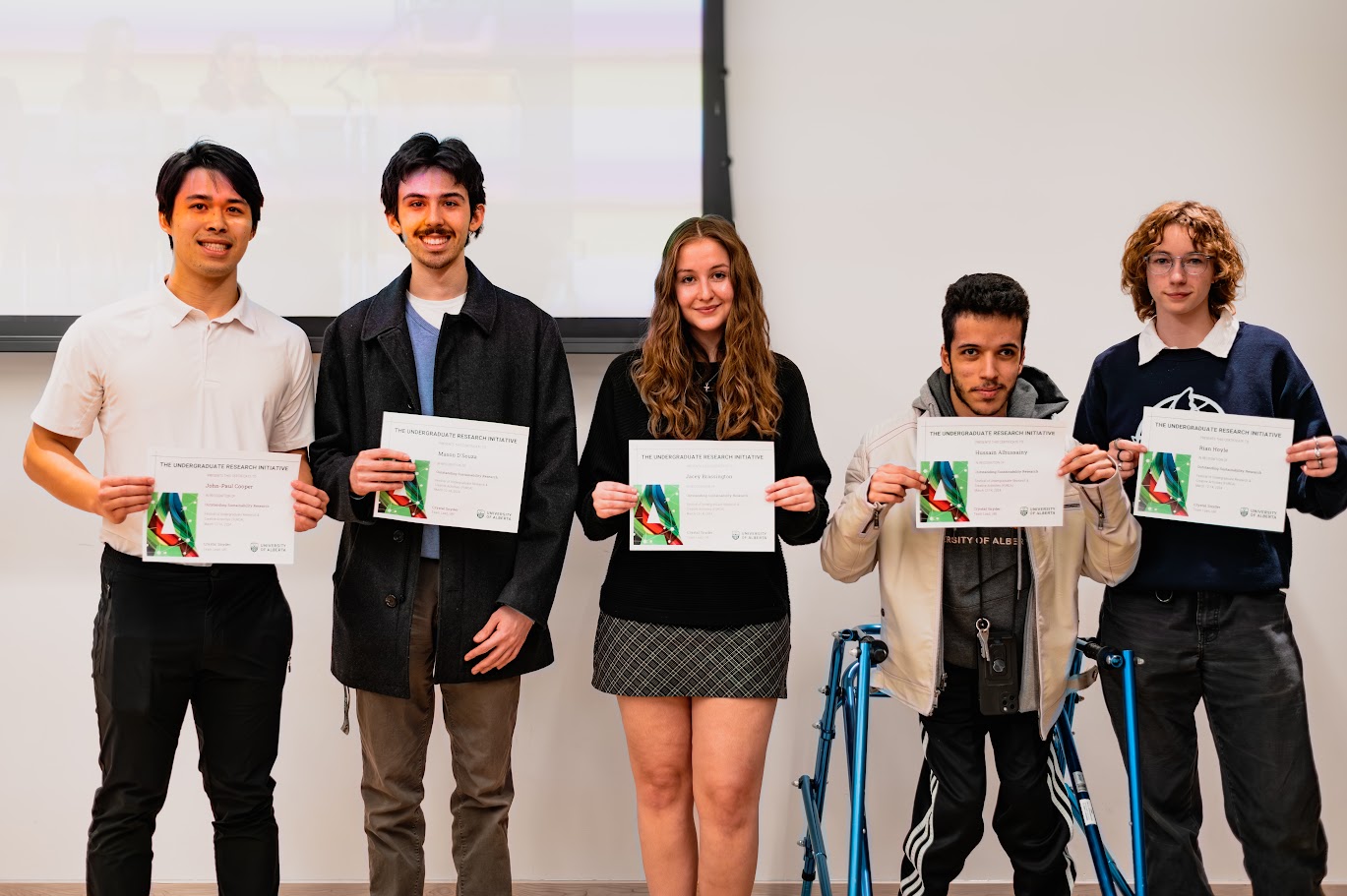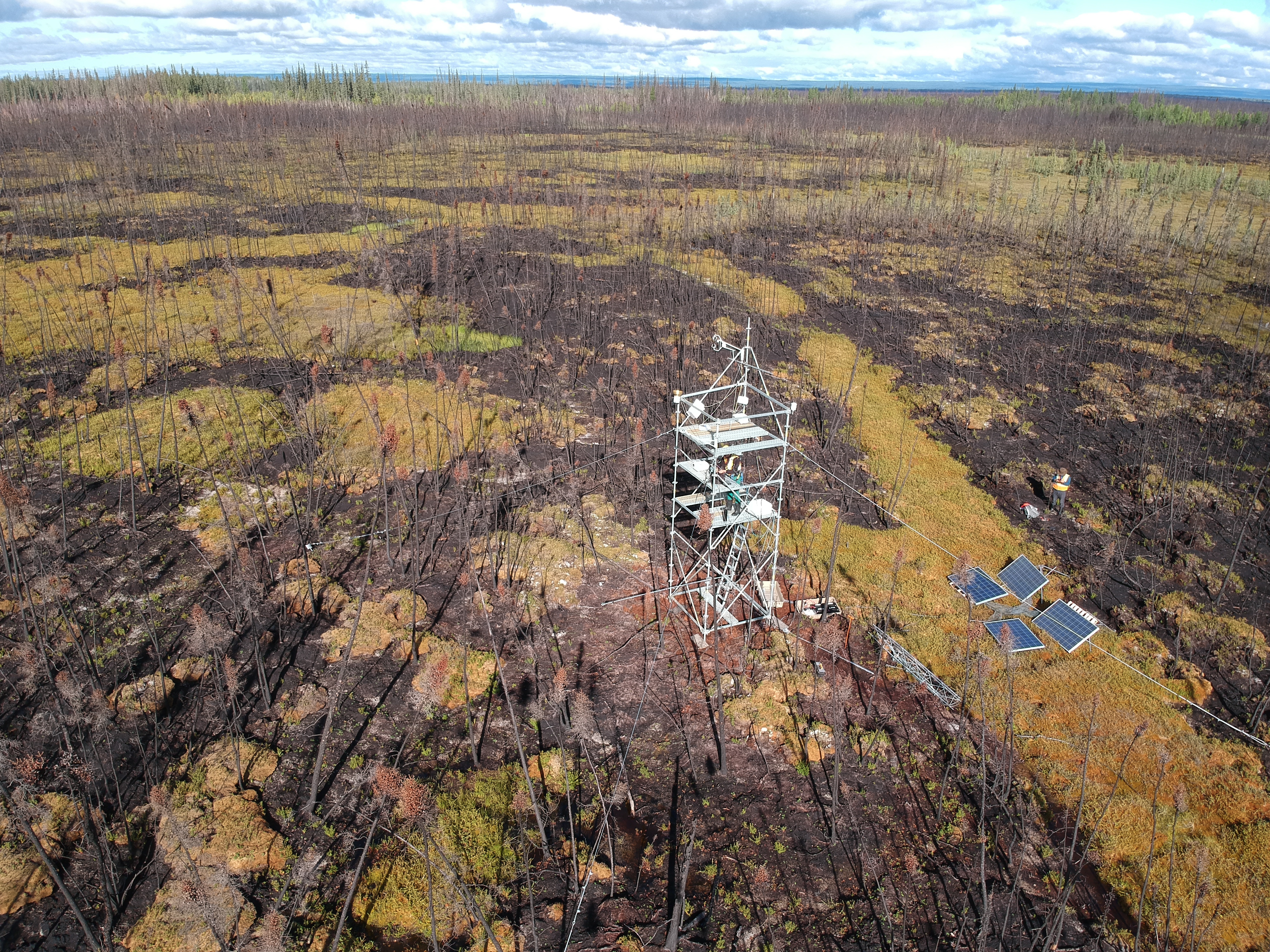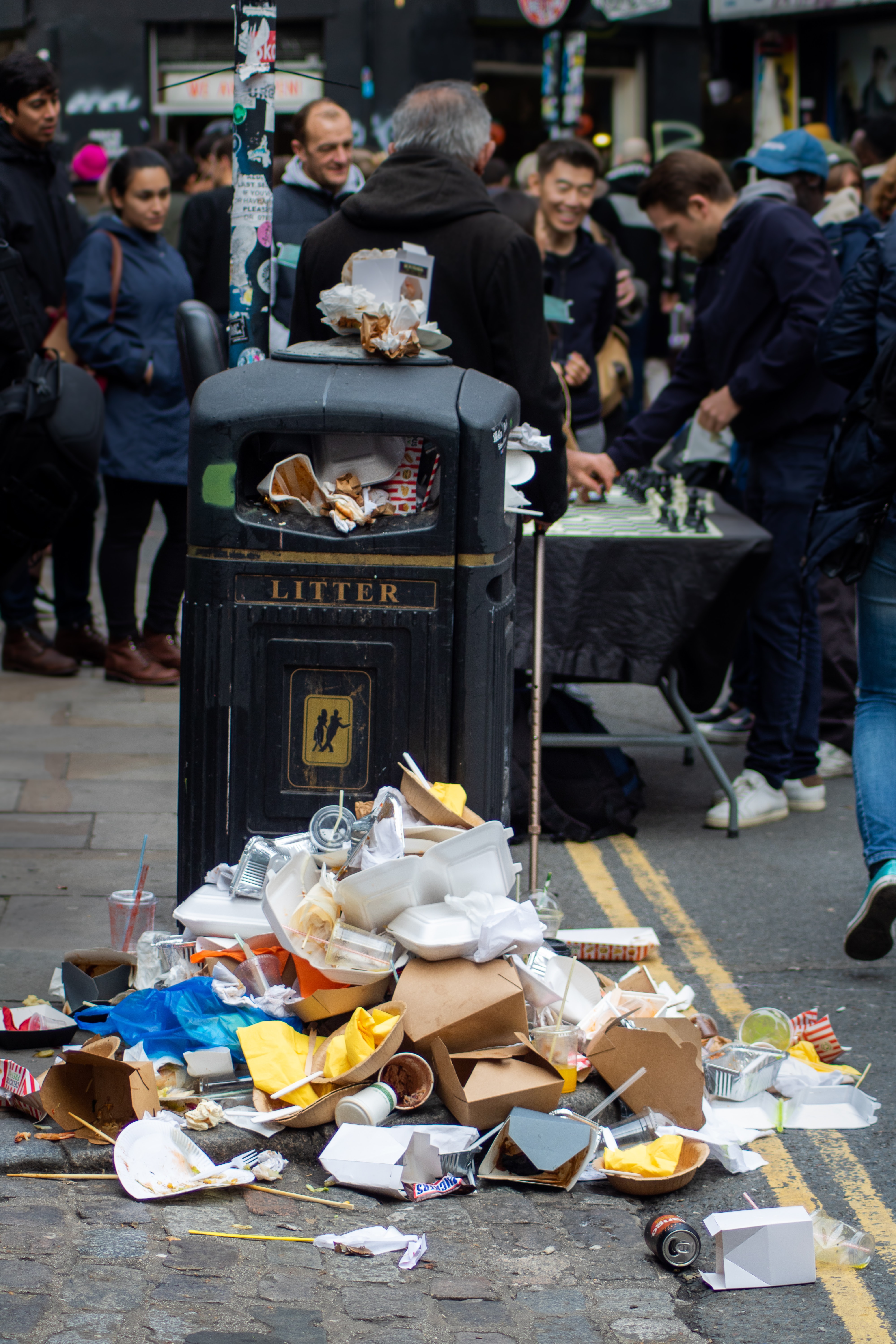“Crowd sensing” can lengthen the life of important infrastructure
If bridges could speak, what would they say?
Dr. Mustafa Gül, an associate professor in the Department of Civil and Environmental Engineering, thinks he might have the answer. He has found a cheap, simple and efficient way to “listen” to bridges and detect whether they need repair—and his solution fits in your pocket.
“We have developed a tool to collect vibration data from smartphones when you drive over a bridge,” said Gül. “A bridge will move differently when its health or condition changes, and the sensors in smartphones are sensitive enough now that they can pick up on these changes.”
Every bridge has a unique vibration signature that gets modified when structural damage alters its stiffness. The smartphone technology created by Gül and his students can recognize changes to this “fundamental frequency.”
To get a working system, the research team started their project with an experiment. They built a number of model bridges out of steel plates and then made small cuts to these replicas to mimic the damage on a full-sized bridge. They then designed and constructed a robot car, equipped it with several different smartphones, and drove it over the model bridges.
A robot car designed by the research team and used to test whether smartphones could detect structural damage.
The robot car takes a trip across a bridge.
Using the algorithms developed by Gül and his team, the smartphones sensed that some of the bridges had been damaged; however, getting clear readings outside of the lab proved much more challenging.
“The bridge vibration is only a small part of what gets recorded on the smartphone,” said Nima Shirzad-Ghaleroudkhani, a PhD student studying structural engineering in Gül’s lab. “The main challenge in our case, is that because the smartphone is in a vehicle, the data that the smartphone sensor picks up is highly dominated by the vehicle vibration and not the bridge vibration. In my research, I try to provide a solution for that challenge.”
Shirzad-Ghaleroudkhani designed an algorithm to compare the vibration of a vehicle when it is moving on the ground before it enters a bridge with the vibration of a vehicle as it passes over a bridge. This method filters out extra noise that muddles sensor data, and it allows the phone to “hear” the bridge’s vibrations—and, possibly, its alarm bells.
The team compared their smartphone readings with professional sensors they placed on bridges throughout Edmonton and found that the results were a close match.
Although the smartphone-based system can’t yet pinpoint exactly where a bridge has been damaged, it can provide a warning that the bridge needs to be inspected, Gül said.
“This gives us the potential to monitor all of our bridges at the same time,” he said. “It’s hard to put sensors on bridges, so these methodologies can expand the service life of the bridge, which improves sustainability and also helps us find small problems before they become big problems.”
Crowd sensing the future
The system proposed by Gül and his students relies on “crowd sensing,” or many people sharing data collected by their mobile devices to get a clearer picture of some phenomenon of interest.
Gül’s lab is not the first to investigate crowd sensing. Other studies have proposed using it to detect early-warning signs of earthquakes, for example. But Gül wants to test its limits as a tool to keep an eye on the health of important infrastructure. He even has an acronym for his lab’s project: CoMBiNE—Crowdsensing-based Monitoring of Built and Natural Environments.
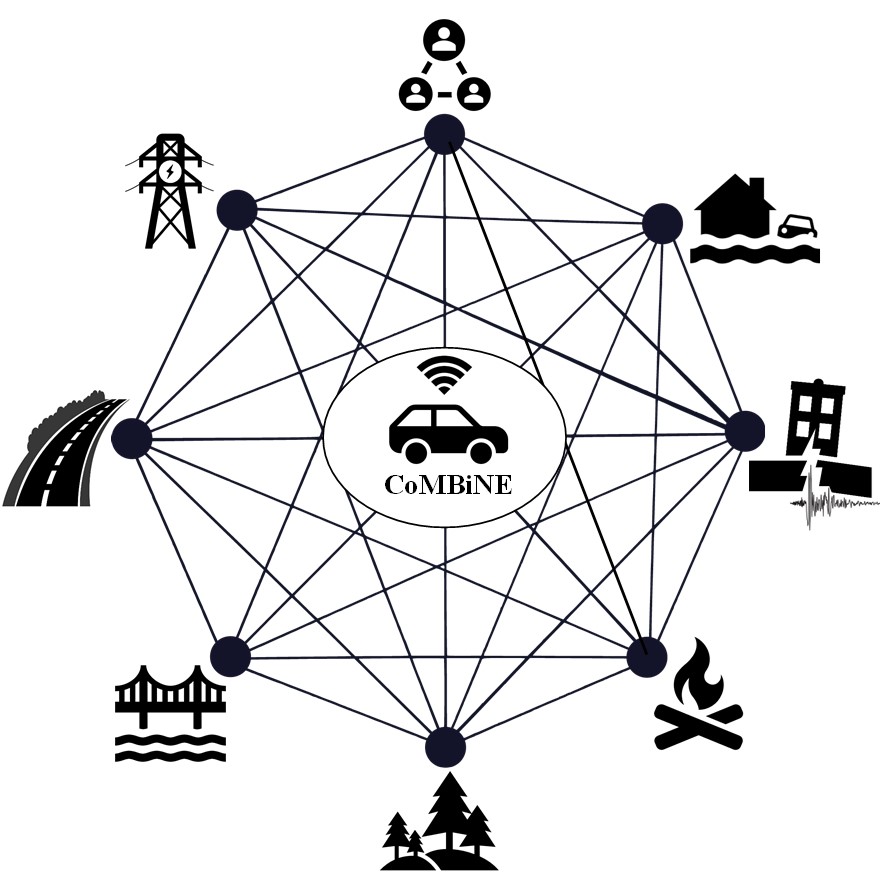
A graphic showing some of the ways that Gül hopes to use crowd sensing, including monitoring for infrastructure damage and risks from fires and floods.
“My objective is to put this methodology in the centre of this framework, look at bridges, but at the same time look even farther,” he said.
He has several different projects in the pipeline. One of them uses the backup and dash cameras in vehicles to find cracks and potholes in roads.
“We can use this to create a map of the city and have a high-level understanding of the pavement system, and which areas are most in need of repair,” he said. “There is some very dedicated and expensive laser-based equipment that can do this, but what we want to do is a cost-effective way of monitoring at a higher level.”
Early tests using go-pro cameras strapped to the back of vehicles have shown promise by successfully identifying different kinds of road damage, Gül said.
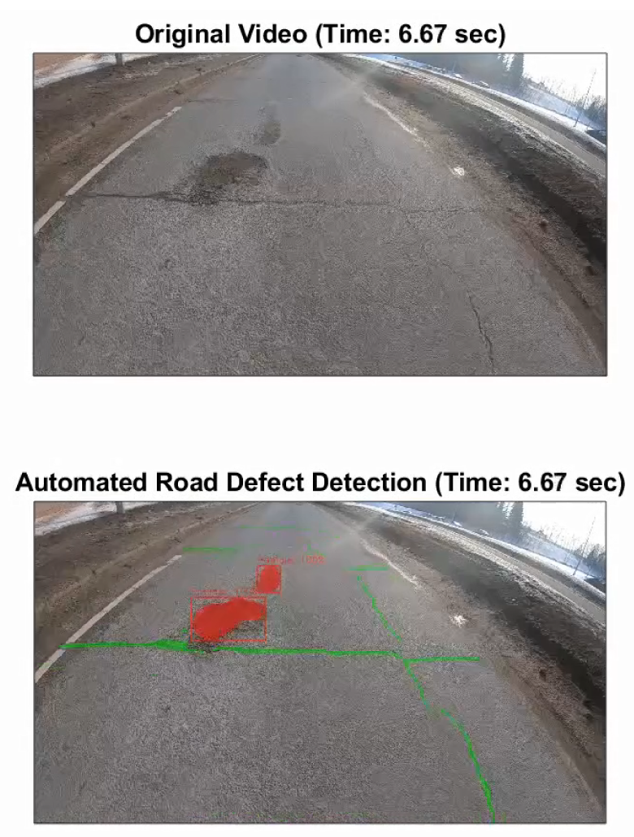
An automated system designed by researchers in Mustafa Gül’s lab identifies cracks in the pavement.
Another project, in collaboration with the City of Edmonton, uses cameras to assess the vulnerability of certain critical buildings and infrastructure to wildfires.=
The biggest hurdle for implementing these systems is getting buy-in from people who may be cautious about their privacy, Gül said. To be effective, crowd-sensing applications need lots of data—data that comes from personal devices and that some want to keep secure. Workarounds include creating an opt-in system so people who want to participate can choose to share information from their phones, or, in the case of vehicle cameras, using vehicles that already share data, such as Uber rides, cabs and city buses.
For Gül, the collaborative nature of crowd sensing is its greatest strength, and it is something he hopes to emphasize as these projects progress.
"The long term objective is to create an open-source platform where all this data and information goes, and managers, researchers, anyone, can extract information that would improve the sustainability of our cities.”
Mustafa Gül is an affiliate of the Sustainability Council. Learn more about the benefits of joining our affiliate network.
